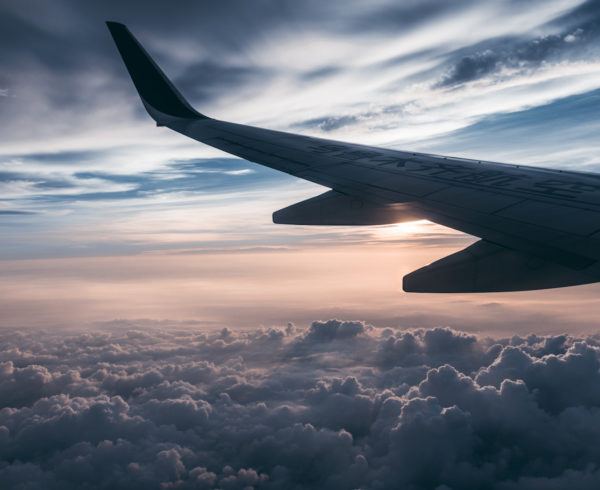The aviation sector is facing a crisis unlike any other in history, yet a path to recovery remains. As we have previously discussed, sector losses totalled US $118 billion in 2020, with demand down 65,9% compared to 2019.
Amid this fallout induced by the COVID-19 pandemic, airlines have begun clawing back towards profitability, albeit gradually as the economies underpinning the world aviation sector recover.
This path is the same for all international airlines, with each operating in a similar way – supported by research by Letsema Corporate Financing of 44 different international, their operating models and evident efficiency ratios. The primary differences between all airlines are two-fold: their target market (local, regional or international) and ownership type.
State versus private aviation, and local versus international
In terms of ownership, there are subtle yet key differences between state-owned airlines and their privately run counterparts. As our research indicated, the average earnings before interest and tax (EBIT) of a private functioning airline was approximately 6%. Among those we researched, certain private airlines were able to outperform this mark while others underperformed.
State-carriers by comparison operated closer to the 2 to 3% mark, with their mandates typically extending beyond profit. State airlines are representative of a nation’s brand, have strategic economic importance as a creator of market linkages, seek to aid economic development in their home markets, and typically, are the dominant local carrier by available seat kilometres within their local jurisdictions, though not always.
Critically, from a funding perspective, while private airlines have only their shareholders and financial institutions to turn to for capital, state airlines can be supported by their national governments. There are also hybrids, such as Australia’s national airline Qantas, which was privatised in the 1990s but continues to be Australia’s national flag carrier. It enjoys preferential treatment within the Australian market and received funding from the Australian government due to the financial impact of the COVID-19 pandemic.
For operations that produce hundreds of millions to billions of US Dollars in turnover, a 6% margin does not offer airlines much runway for error, with the margin typically tighter for state-owned airlines. If an airline’s revenue line is affected, such as a significant drop in revenue passenger kilometres as experienced in Q1 and Q2 of 2020, an airline can become financially troubled very quickly.
In the South African market, this was observed when Comair, a private local airline, entered into a business rescue process in May 2020. Letsema Corporate Finance was appointed as an independent expert in November 2020 to assist Comair in its business rescue process.
All airlines face the same problem. Even when they are not flying, maintenance and associated costs continue in line with detailed maintenance protocols airlines must comply with. These fixed costs, plus others such as payroll and debt servicing, saw COVID-19 become the perfect storm as revenue vanished at speed yet costs remained.
As Comair have shown, and others like them, amid the gloom there is a gradual path of recovery for the aviation sector.
A gradual return to normalcy and the vaccine bulge
The most valuable commodity airlines can lean on as they return to profitability is time. Local airlines have already begun showing green shoots of recovery as they are less affected by international travel restrictions. They continue to face the threat of government lockdowns and local travel restrictions, but compared to their international peers, are better positioned to capitalise on the gradual return to normalcy. Based on current trends, domestic airlines can expect to return to pre-COVID operating levels towards the back end of 2021 and early 2022.
International airlines face a more uncertain future. The International Air Transport Association forecasts that a net loss of $38.7 billion for 2021. While still significant, the high level of cost cutting airlines have engaged in to cope with reduced revenue, and increasing customer demand, will see revenue increase markedly compared to 2020.
A critical factor in the success of the sector’s recovery will be the proliferation and rolling out of COVID-19 vaccine programmes around the world. Certain governments have already made tremendous progress in inoculating the necessary threshold of their population to reduce the threat of COVID-19. As others catch-up, a vaccine bulge may develop, complicating aviation route planning or leading to the introduction of vaccine passports. Even with this complexity, international aviation will benefit from increased demand and critically, an improved level of operational certainty on which to base future strategic planning.
Letsema Corporate Finance is highly experienced within the aviation sector, having worked with both local and international airline. If your aviation business requires financial modelling, due diligence, valuation, transaction advisory, M&A advisory or capital raising services, contact Letsema Corporate Finance at coporatefinance@letsema.co.za.









